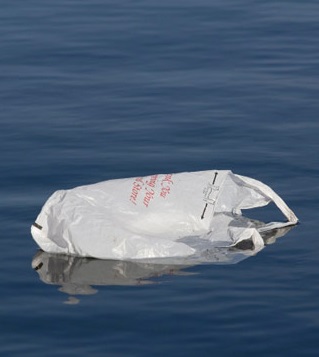Plastic tally shows growth
 Experts say there are now 170 trillion bits of plastic floating on the world’s oceans.
Experts say there are now 170 trillion bits of plastic floating on the world’s oceans.
There has been a rapid and unprecedented increase in ocean plastics since 2005, according to a global dataset of ocean plastic pollution between 1979 and 2019.
In a recent study, researchers looked at data on ocean-surface-level plastic pollution collected between 1979-2019 from 11,777 stations across six marine regions (North Atlantic, South Atlantic, North Pacific, South Pacific, Indian, and Mediterranean).
After accounting for wind, site selection, and biases due to under-sampling, the authors’ model showed a significant and rapid increase since 2005 of the global ocean abundance and distribution of plastics in the ocean surface layer.
An estimated 82-358 trillion plastic particles (mean = 171 trillion plastic particles, primarily microplastics), weighing between 1.1-4.9 million tons (mean = 2.3 million tons) were afloat in 2019.
A relative lack of data from 1979-1990 prevented trend analysis during this period, while between 1990 and 2004 plastic levels showed fluctuations with no clear trend.
Though these results are biased towards trends in the North Pacific and North Atlantic, where the majority of the data was collected, the scientists suggest the rapid increase from 2005 reflects the global growth of plastic production, or changes in waste generation and management.
Without widespread policy changes, the researchers predict the rate at which plastics enter our waters will increase approximately 2.6 times by 2040.
They call for urgent legally binding international policy intervention to minimise the ecological, social, and economic harm of aquatic plastic pollution.
“We've found an alarming trend of exponential growth of microplastics in the global ocean since the millennium, reaching over 170 trillion plastic particles,” says report author Marcus Eriksen from The 5 Gyres Institute, USA.
“This is a stark warning that we must act now at a global scale. We need a strong, legally binding UN Global Treaty on plastic pollution that stops the problem at the source.”








 Print
Print